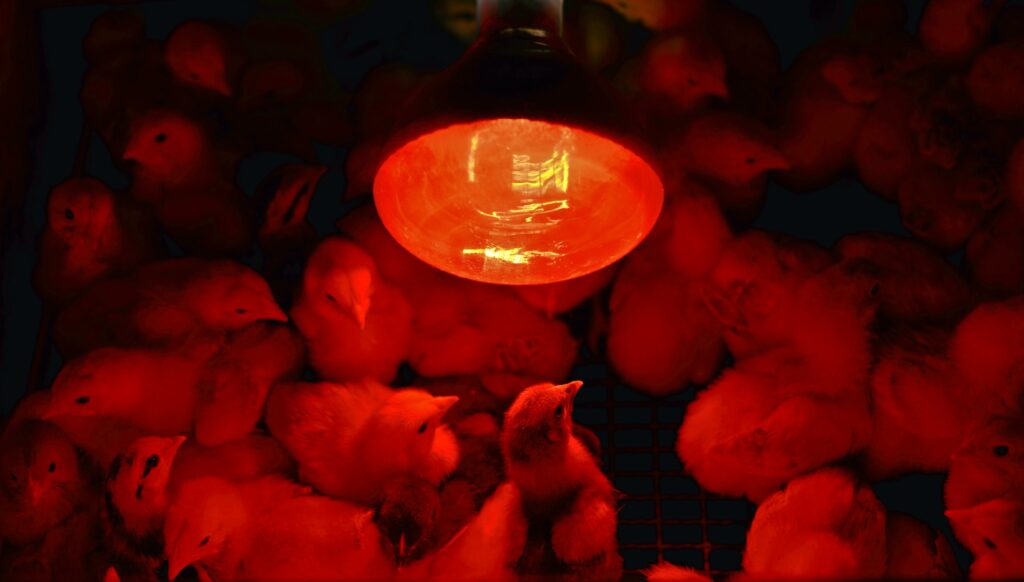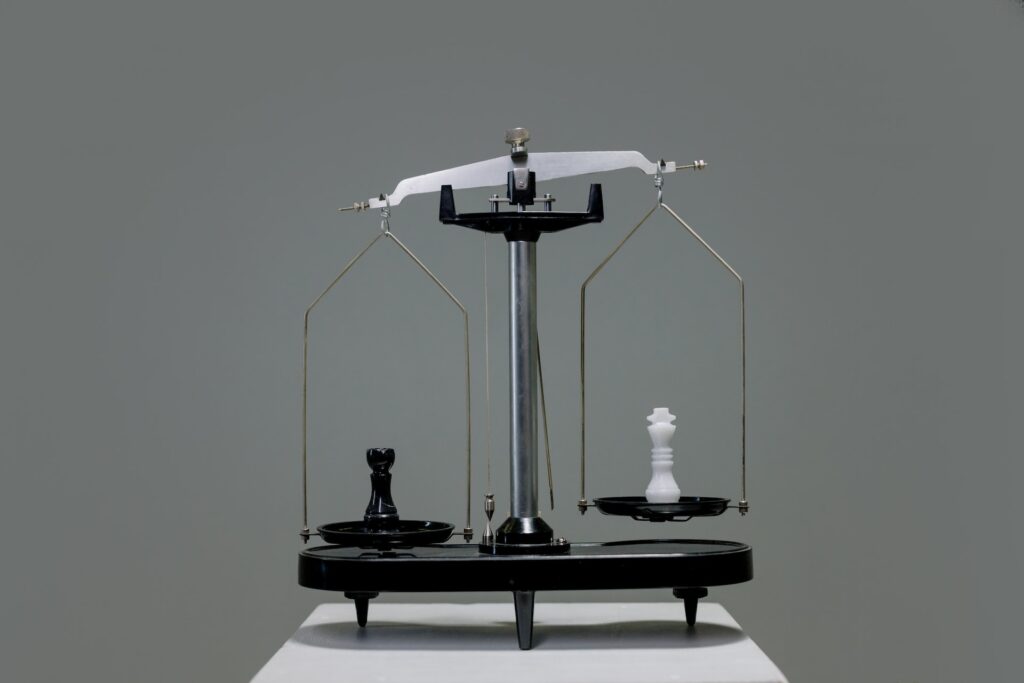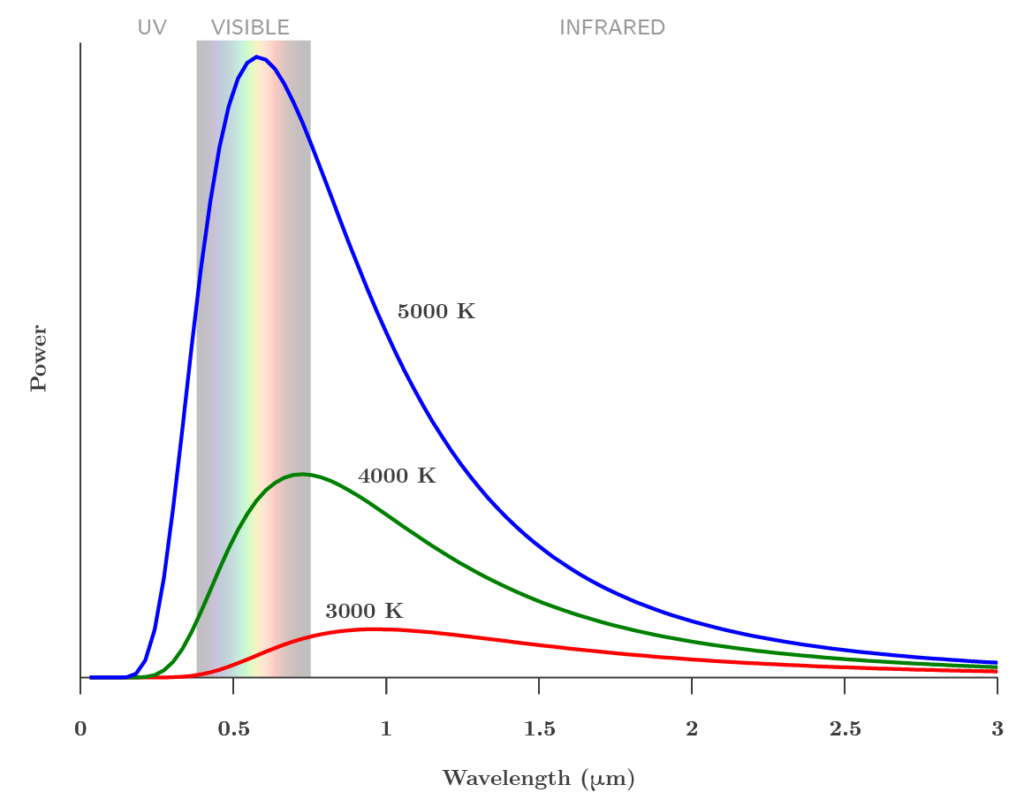Posted on |
An overlooked aspect of photobiomodulation
— and its relevance to lighting —

This post is about how
- general lighting is starting to recognize photobiomodulation
- the main narrative in this trend is missing that there’s not one effect, but likely a host of (even antagonistic) effects
- natural light contains these in balanced proportion
- LED-based applications target specific effects through narrow-band stimulation: this can be beneficial in given situations, but it is definitely not natural
- if all missing parts in a white LED spectrum are to be filled with additional LEDs, an incandescent source may actually be more efficient
Photobiomodulation, or the application of mainly red and near-infrared light for health improvement, is currently trending upwards. Finally, after much shunning and ridicule by the mainstream in lighting, it is no longer a heresy to point out that PC-white LEDs generally emphasize tissue stress, while the frequencies of light which facilitate tissue recovery are missing.
Photobiomodulation is getting wide recognition
The current rate of change is fast: in 2019, when I wrote about this in Lighting Research & Technology, I corresponded with several well-known people in lighting, who agreed with the points made but would not have talked about this subject in public. Today, we hear hints at the validity of this idea even from those who formerly expressed staunch animosity against it. Maybe some day, it will even be included in the term “non-visual effects of light” — which is currently reserved for circadian effects alone…
But LEDs did not only present the problem to be solved — they may also play a role in the offered solution: narrow-band stimulation through red and near-infrared LEDs is efficient and may grow into a big business. Many consider adding it to general lighting applications.
What is this all about?
The usual narrative around photobiomodulation is that red and near-infrared light increases mitochondrial respiration, thus aiding in tissue recovery. With aging, as well as induced by stressors like short-wavelength light, mitochondria (the “battery” of the cell) deteriorate, deposits start to build up and inflammation increases. This reduces ATP (the energy carrier) production and eventually damages mitochondrial DNA, further driving functional deterioration. Red and near-infrared light increases ATP production and subsequently reduces inflammation, thus reversing this process and facilitating tissue recovery from stress.
This is incomplete, if not incorrect
The above narrative is supported by evidence from many specific clinical applications as well as basic research on its mechanisms — and in that sense, it is likely true. As a generalization, however, it is most likely false. Here’s a fascinating piece of evidence to illustrate why.
Some near-infrared frequencies increase, some decrease metabolic activity.
Maik Hüttemann’s lab has done extensive research on preventing reperfusion injury. When blood flow stops, cells start to starve. In order to keep running, they compensate by setting the mitochondria to maximum energy production. So, when they eventually stop functioning, they freeze in the state of full-steam-ahead.
They’re not yet broken beyond repair. That (and thus, most of the brain injury from a stroke) happens when circulation resumes and the cells try to go flat out immediately: the pressures of this sudden change simply burst them.
Photobiomodulation to the rescue! But this time, it’s different.
If only we could send a message to the cells deep inside the brain to ease off the throttle… The genius in Hüttemann’s work is the realization that light is the messenger that can reach anywhere, and by finding the right frequency combination, we can tailor the message. By using 750 & 950 nm, they successfully reduced metabolic activity in the radiated cells and prevented reperfusion injury in various animal models, working towards application on humans.
What does this mean for general lighting?
More and more companies, researchers, even government-funded labs are starting to study if we are missing something by living indoors, deprived of any near-infrared exposure. The intention is to develop products which can replace what we are currently missing — but without the energy expenditure of actual natural light (black-body radiation, where over half of the used energy is “wasted” on infrared).

Balancing opposing effects — nature vs. our smarty pants
If we only consider photobiomodulation’s known mechanisms to increase metabolic activity, then using a narrow-band source in the most effective frequency range will indeed save energy. Similarly, in clinical applications, LEDs are often found to have a more pronounced effect than incandescent sources. The reason is that LEDs can target a specific mechanism, while incandescent light will also trigger its complementary mechanism. This summation of effects may be something similar to why harm from blue light is greater when protection by near-infrared is absent.
Questions
- Is this the only kind of effect of near-infrared? (certainly not, see e.g. here or here)
- How do we make sense of that antagonistic effects are simultaneously present in full-spectrum light?
- Does it matter that the ratio between these effects may keep changing throughout the day (similarly to how the color temperature of daylight changes in the visible range)?
- Do then maybe Fraunhofer lines also have physiological significance?
- How will cells respond to getting the same targeted message to increase energy production over and over again, as in currently proposed general lighting applications with added near-infrared? May it also boost cancer, e.g.?
And finally, the toughest question regarding the aim of a potential new trend towards adding near-infrared to lighting:
Will our light environment be more natural, if the overabundance of narrow-band blue light from regular (PC-white) LEDs will be complemented by an added narrow band of near-infrared LED light, which has a more or less complementary physiological effect?
Or, may it turn out that all wavelengths do something and mother nature will beat us at balancing.
By the way: adding a large number of LEDs together can only roughly approach the black-body spectrum — worse yet, such a lamp will be far more expensive and less energy efficient than an actual incandescent source. Funny how that works.

Spectral power distribution of black-body radiation at various temperatures
